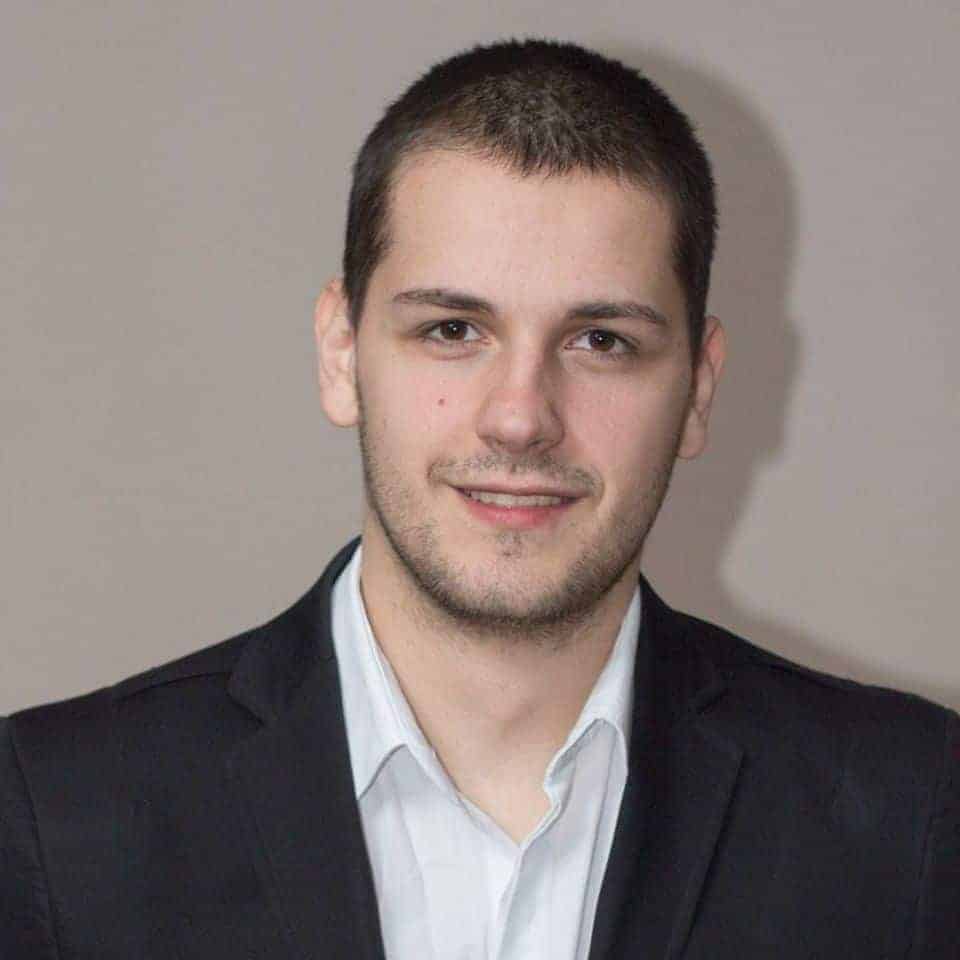
This week, we had the opportunity to speak with Heidi Washburn, a Craniosacral Therapist. We learned more about her beginnings, what Craniosacral Therapy really is, and how she maintains a good and trustworthy relationship with her customers.
When did you first realize you had a gift?
I would call it more of a calling than a gift. I was always interested in people: who are you, what is your story, what lights up your life, show me your inner spark. And I found that when I deeply listened with genuine curiosity, people just blossomed. I thought I wanted to be a psychotherapist and trained for three years. Talking therapy wasn’t enough.
I knew the body had a deeper story to tell, but many of our stories are buried under locked joints and fascia. So, I trained as a massage therapist and that was only half the picture.
I could dig into those muscles all day, but the story needs space and safety to emerge for healing. When I discovered craniosacral therapy I was home; it was natural for me. With gentle presence and attention, the body reveals and releases in an organic process.
I believe a “gift” is not enough. My calling took me through years of dedicated training, investigating, practicing, and doing my own inner work. The gift must be honed and nurtured with commitment, integrity, and practice.
What is Craniosacral Therapy?
Craniosacral Therapy is a gentle, intelligent, non-invasive, light-touch therapy that calms the nerves, reduces the effects of daily stress, and helps release restrictions that impede your ability to function fully.
I focus specifically on the soft tissue, fluids, and membranes affecting the sacrum, spinal cord, and brain. Recent or past trauma can affect the whole body forming physical and emotional compensations.
Once these compensations are released, the body shifts away from stress patterns and begins to prefer responses that are geared toward repair and long-term health and well-being. Imagine twigs being removed from a stream so that the water can flow as nature intended.
As old patterns arise for reorganization, associated memories and emotions may surface. This is sometimes called Somatic Emotional Release. I will support this process and guide you through it if appropriate.
Could you describe one of your sessions?
Each session is so different and I would have to get permission from a client to describe their session. I can tell you what generally happens in a session.
What can a person expect from your Craniosacral Therapy Sessions?
Establishing Comfort and Safety
When you arrive for a session we will sit and talk so that you can express your current experiences and concerns. I will guide you through a simple, brief awareness exercise to help prepare you for optimal receiving including tapping into your own inner resources. You will then lay fully clothed on a padded massage table and I will assist you in making any adjustments that will optimize your sense of safety and comfort.
Engaging in Your Healing
Once we have established a comfortable collaborative space, I will begin with a light touch at your feet, sacrum (at the base of your spine), or head and move to other areas such as a hip or shoulder guided by subtle rhythms and changes in your body. Because it is the body and your vitality within that makes the healing decisions, I may be in one place for a period of time waiting for and sitting with the deep stillness that allows the healing forces to bring you back to health.
I suggest that during the session you notice your sensations (heat, tingling, shifting, flow, etc). This awareness will enhance your process and help you recreate the healing experience outside of the session time. Feel free to share your experience, ask for adjustments, or to be in silence as seems appropriate for you.
Many people experience deep relaxation, even a meditative state during a Craniosacral session. Other experiences include memories or insights; pleasant sensations of warmth, softening, widening, floating; emotional cleansing; unusual temporary sensations of tingling, or numbness. These are all signs of release as the healing forces help your body to shift into a healthier state. As appropriate, we can verbally explore sensations or emotional issues that arise in order to facilitate your process.
After the Session
Following the session you may feel deeply relaxed but energized, breathe more deeply, feel more comfortable in your body, sleep better, have improved digestion, and other benefits. Occasionally a person reports feeling tired after a session indicating that their nervous system is finally able to let go and ask for the rest it needs. Notice over the following 2-3 days how you feel within yourself and how you are in the world. Feel free to contact me with any questions post-session.
What is the most important detail in maintaining a relationship of mutual trust with customers?
That is a great question! I would say a combination of safety, boundaries and total acceptance of what is in the moment.
Being on time, ending on time, attending to comfort needs, eye contact, limiting outside distractions, being clear about my own boundaries, quick response to inquiries all set up a critical level of safety for healing. It is also important that I continue to do my own inner work so that I can be present for my clients.
What do you love most about your profession?
That is another great question. I often say that my work is my spiritual practice. It requires me to trust something larger than myself, tune into my own responses, keep coming back to the moment as in meditation, stay present.
I love joining people in their exploration to connect with their most authentic selves and witnessing once buried parts come alive. I love it when a stressed client gets off the table and says: “that is the most relaxed I have been in a long, long time.” I love continuing to learn and deepen my own life.



